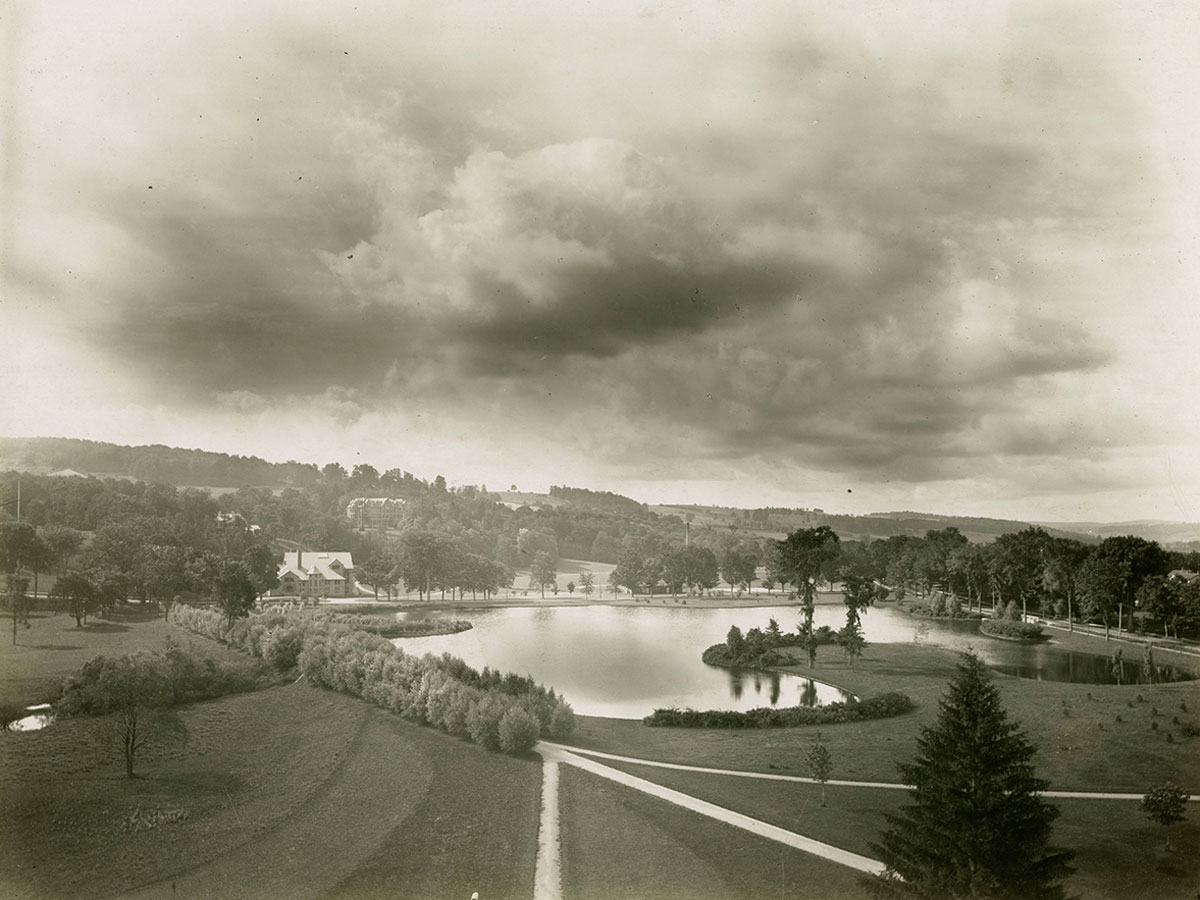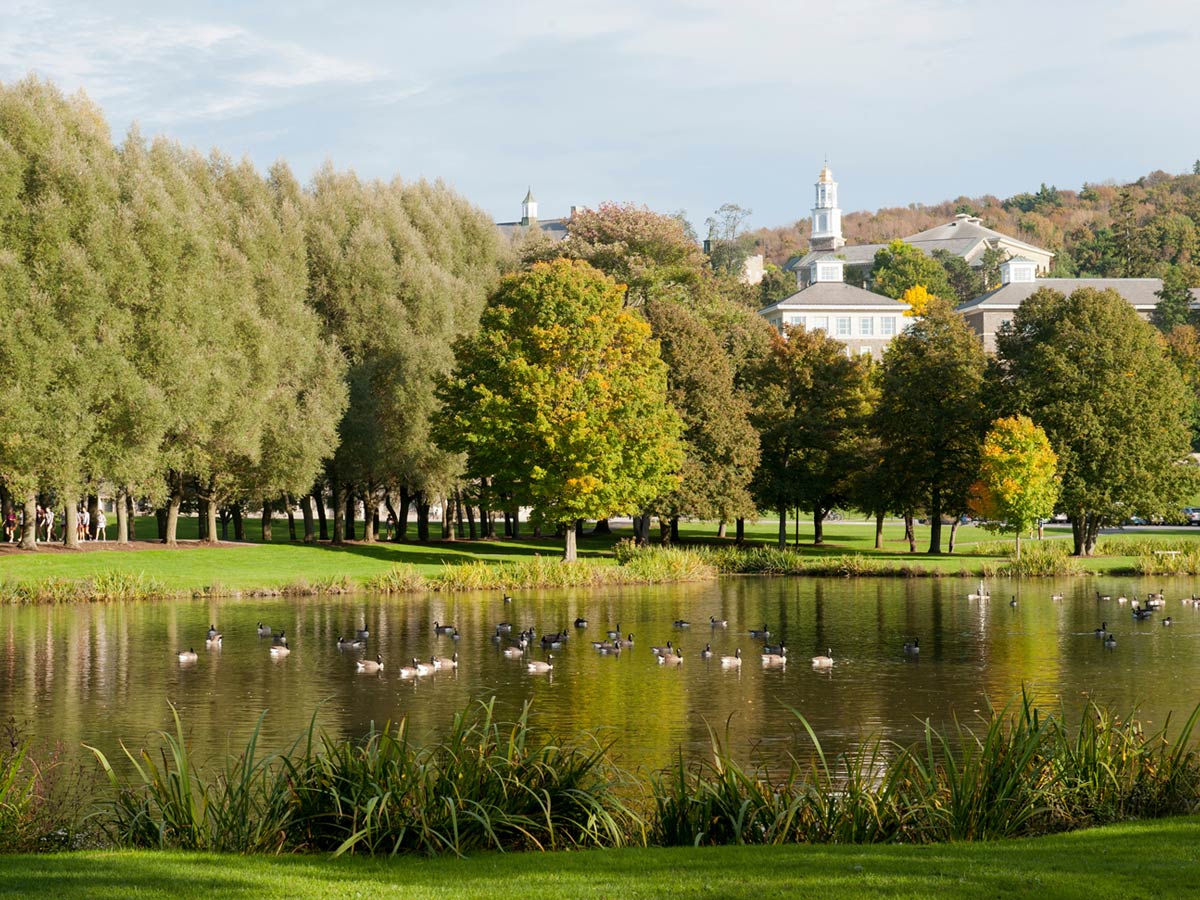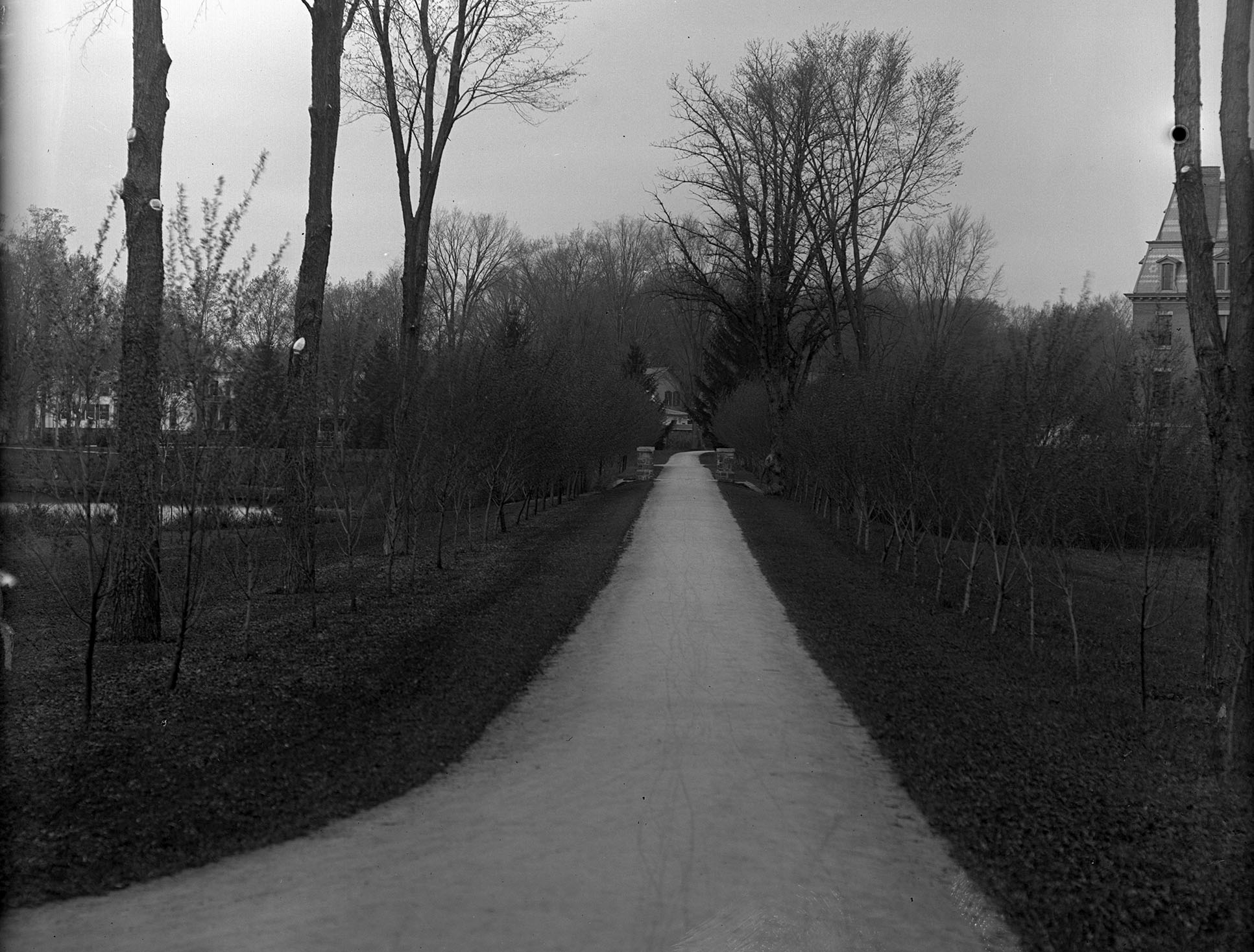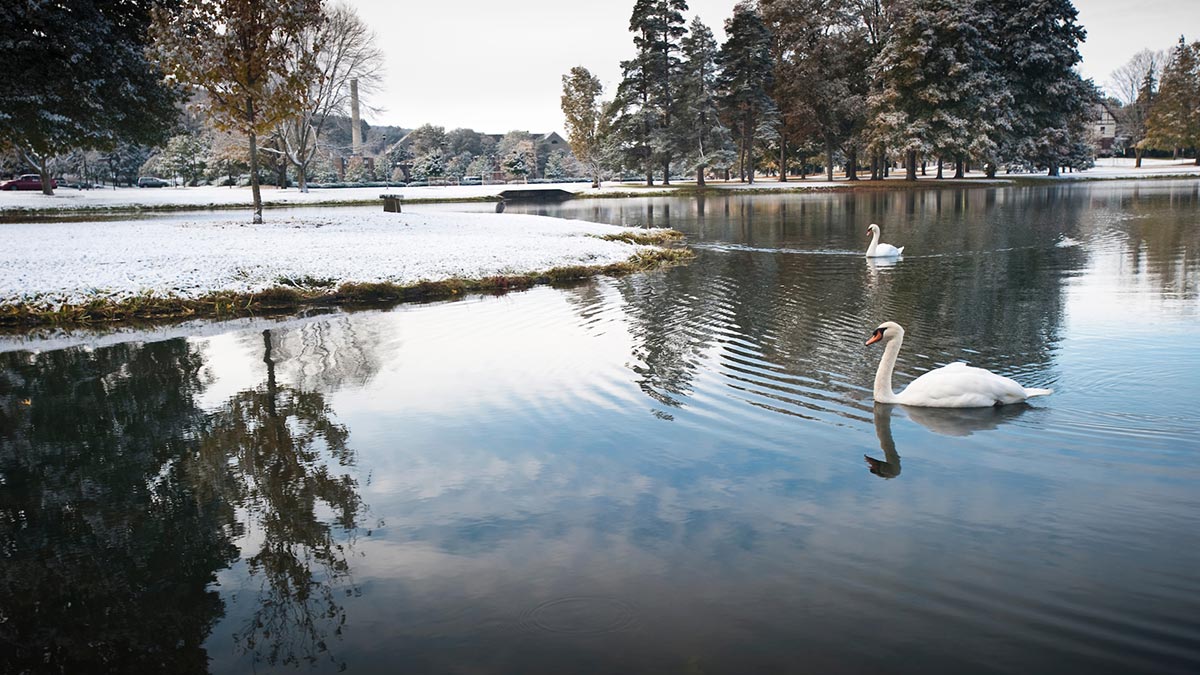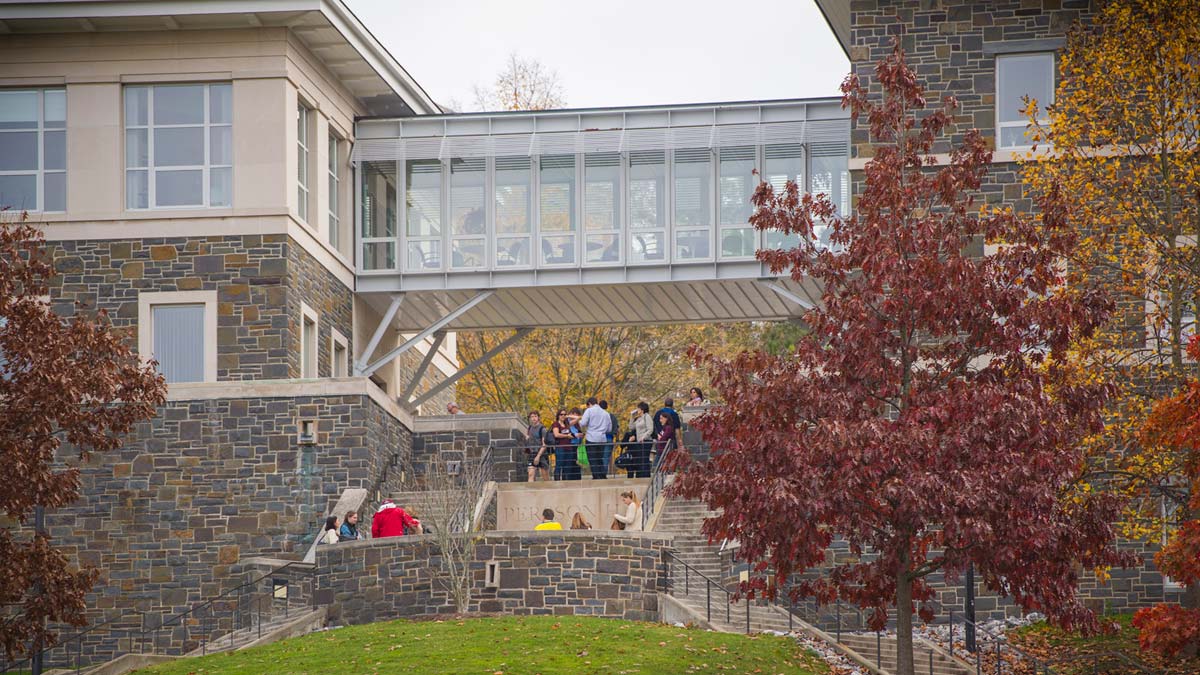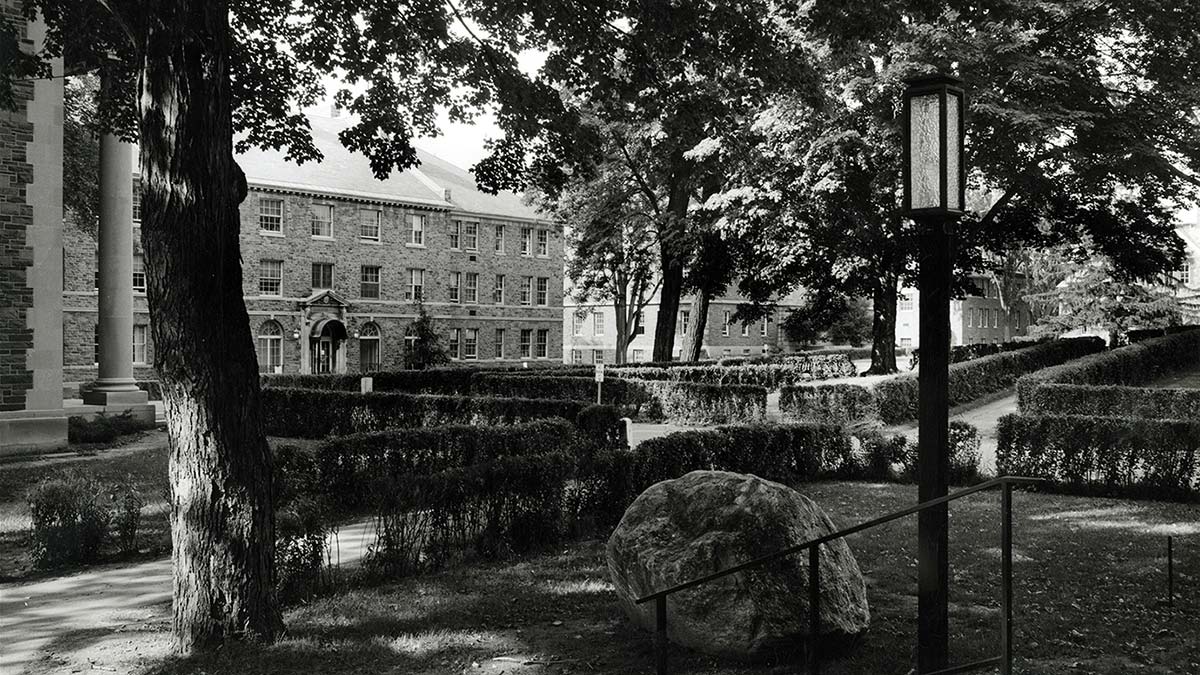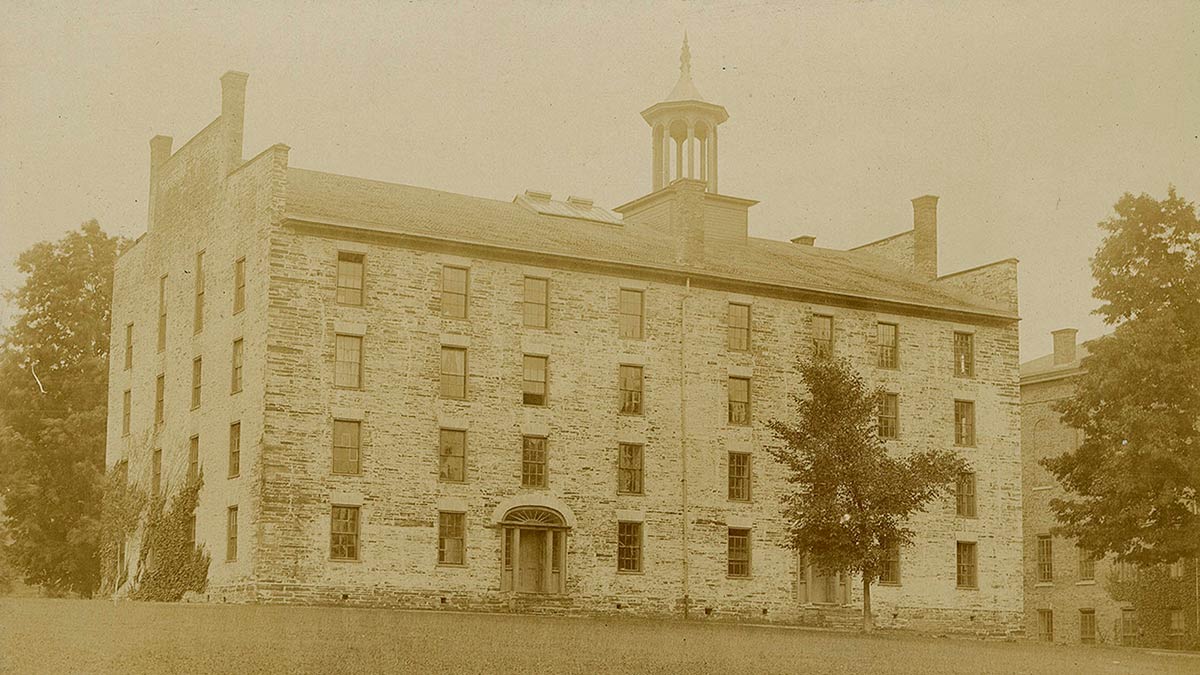
By Imani Ballard ’18
One of the most beloved features of Colgate’s campus, the lake and the picturesque tree-lined walkway were not present in the original campus landscape; but once completed, they quickly became landmark sites of memories and traditions in the community.
1905Open Primary tabs configuration options

